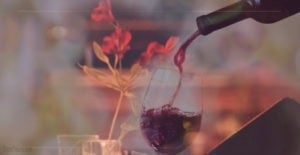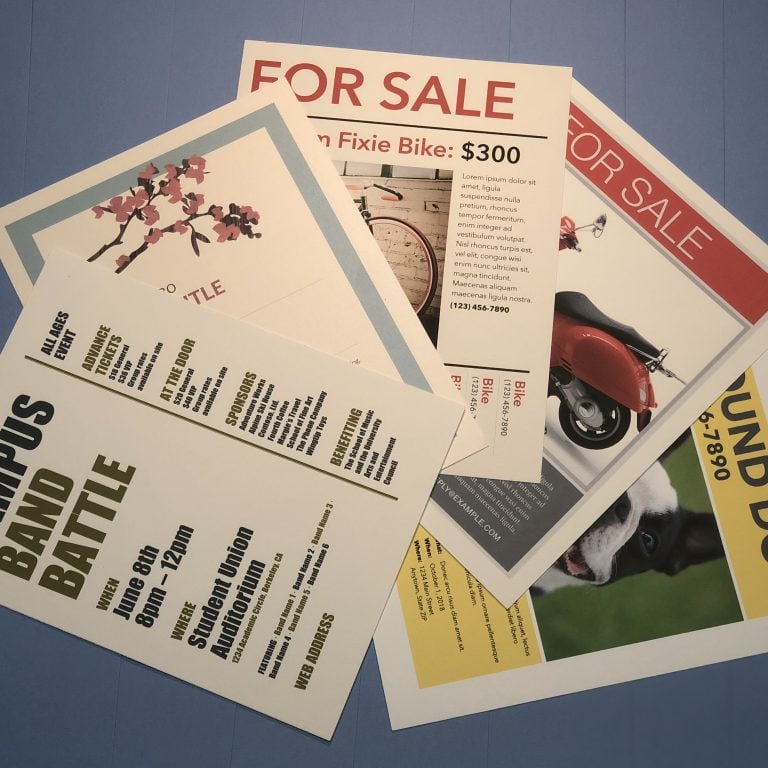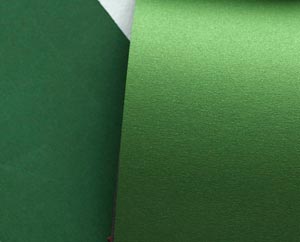Design Tips to Make a Wine Menu Stand Out

Whether you’re a restaurant owner or an event planner, you likely know the importance of a good menu…
Especially when it’s for a luxe item such as fine wine. Naturally, what’s on the menu is incredibly important, but the menu aesthetic makes an equally important impression. After all, guests see the menu before they see the product itself. Use the tips below to help you design the perfect menu:
- Minimize the content. Patrons don’t want to read blocks of text or become overwhelmed by intricate graphics. Maintain simplicity by keeping the focus on the most important part: the wine.
- Don’t use dollar signs. When it comes to prices, use as few characters as possible. Instead of listing an item as $10.50, condense it to 10.5.
- Stay on brand. Make sure your menu is recognizable. Use colors and fonts that align with the venue’s theme, and include a logo on the cover if you have one.
- Use quality paper. People like items that feel expensive and flimsy menus won’t evoke this feeling. Quality parchment paper is a classic choice for a sophisticated menu because it speaks well for what’s to come.
Fine wine pairs well with a lot of things, and our Parch-tone paper is no exception. View our collection of Parchtone Papers.
Did you know?

Popping the cork off a bottle of wine is a classic tradition, and this cork is often just as old as a vintage wine.
Corks are made from the bark of the Quercus suber tree, or the cork oak, which takes approximately 43 years to mature enough to create high-quality bark. Almost half of the world’s cork is sourced from Portugal, although Spain is also a reliable producer.
Planks of cork must be stored for six months before they can be thoroughly cleaned and sliced into their final form. Only the best-quality cork will go on to seal a bottle of wine. When correctly shaped, corks let just enough oxygen pass through them to allow the wine to properly age.








